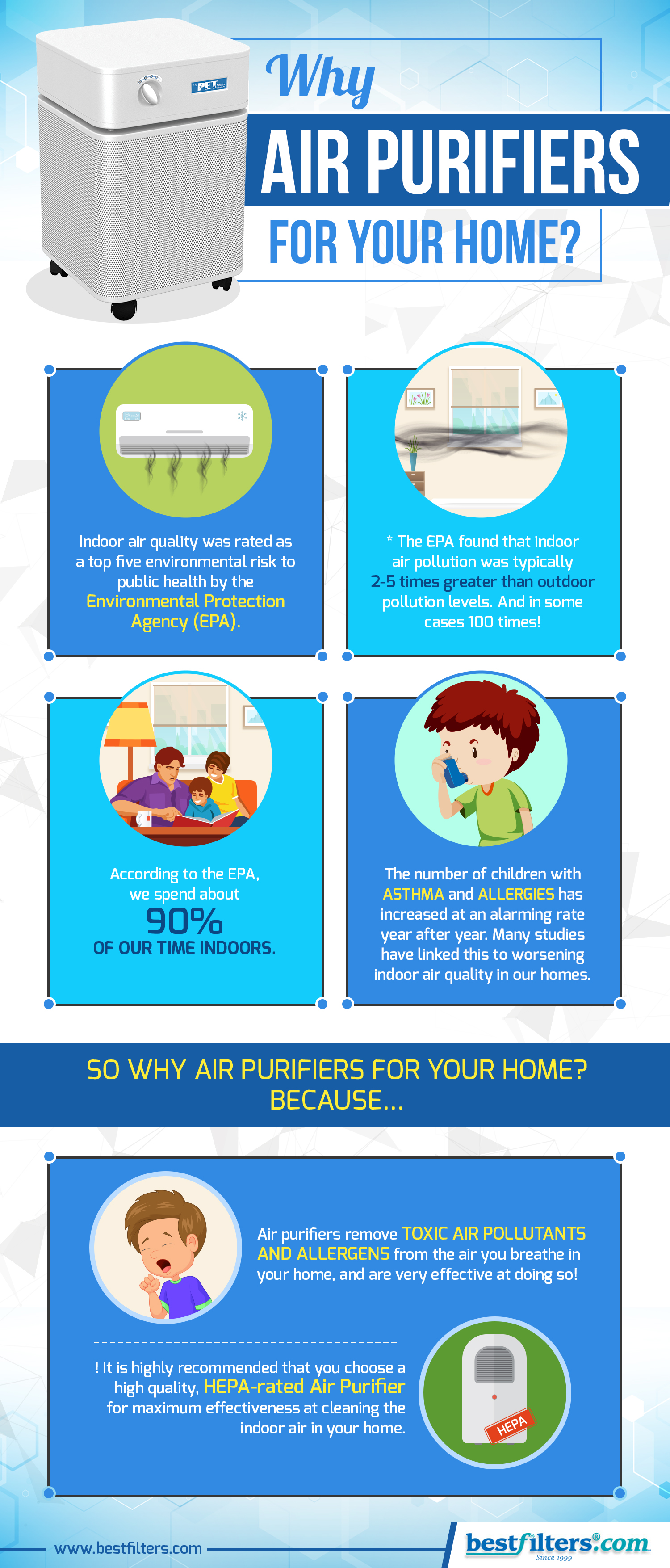Step-By-Step Guide To Readying Your Home For Heatpump Installment
Step-By-Step Guide To Readying Your Home For Heatpump Installment
Blog Article
Content By-McDonald Stallings
Prior to the heatpump setup begins, you need to guarantee your home awaits the procedure. Clearing up the location, analyzing the electrical configuration, and ensuring appropriate ventilation are vital actions to take. By adhering to these preliminary prep work, you set the stage for a successful installation. But what about the better information that can make a considerable distinction in the effectiveness and longevity of your heatpump system? Let's explore the subtleties that can raise your home's readiness for this crucial upgrade.
Clearing Up the Installation Location
Before the heatpump installment can start, it's critical to clear the marked area extensively. Begin by removing any type of particles, mess, or obstacles that might impede the installation procedure. This includes furniture, decorations, and any other products that can hinder. Make certain the path to the setup site is clear for the installers to relocate equipment and products conveniently.
Next, make certain that the location around the designated installation place is tidy and devoid of any type of dirt, dirt, or other materials that might affect the heat pump's efficiency. Sweep or vacuum cleaner the area to develop a tidy workspace for the installment team.
Furthermore, think about supplying simple access to the setup location by removing a course from the entry of your home to the installation place.
Assessing Electrical System
Assessing the electric system is a critical action prior to waging the heatpump setup. Begin by checking if your home's electric panel can sustain the extra tons a heatpump will certainly call for. Make sure there are enough offered circuits to fit the heatpump and that they fulfill the supplier's requirements. It's important to have a dedicated circuit for the heatpump to stop overloading and prospective threats. If your electric system needs upgrading, get in touch with a specialist electrical contractor to make the required changes.
Check the electrical wiring in your home to ensure it depends on code and can handle the needs of the brand-new heat pump. Watch out for any kind of torn wires, loose connections, or signs of wear that might posture a safety and security threat. Verify that the electrical outlets near the setup location are grounded and in good condition. If any type of issues are spotted, have them dealt with immediately by a certified electrical expert.
dc air conditioning and maintenance of your electrical system will guarantee a safe and reliable heat pump setup procedure.
Ensuring Appropriate Ventilation
To ensure an effective heat pump installation, it is essential to concentrate on appropriate ventilation in your house. Appropriate air flow aids the heatpump run effectively and stops air top quality concerns.
Before setup, check that all vents and duct are tidy and unobstructed. Clearing up these areas makes certain that air can stream openly, making the most of the effectiveness of your new heat pump system.
In addition, consider the placement of the heat pump unit itself. It ought to have sufficient space around it to allow for correct air flow. Proper ventilation not just enhances the heatpump's performance but likewise helps keep a healthy indoor setting.
If required, seek advice from an expert to evaluate your home's ventilation needs and make any kind of required adjustments. By making certain correct ventilation, you're setting the stage for a smooth heatpump installment procedure and optimum efficiency of your brand-new system.
Final thought
Since you have gotten rid of the installment location, evaluated the electric system, and made certain correct ventilation, your home awaits a smooth heatpump install ation. By taking these steps, you have established the stage for a reliable and successful procedure. Appreciate the advantages of a new heatpump system in your house, recognizing that you have prepared your area for ideal efficiency.
